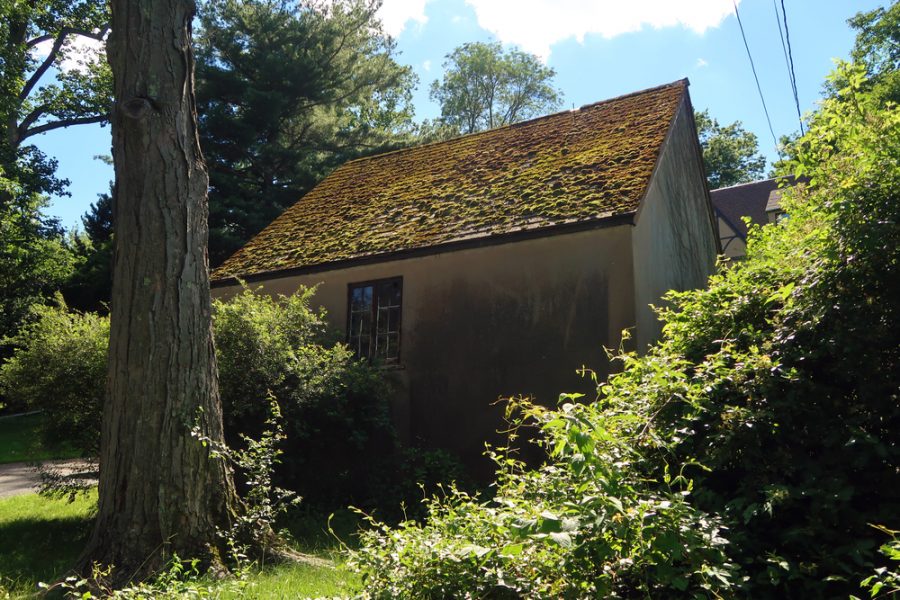Home Improvement
Why Is There Mold On My Roof?

That mold that you see on your roof is not actually mold. It’s some algae-like bacteria that brings dark streaks to your asphalt shingle roofs. Admit it, these dark streaks do not bring value to your home and are very unpleasant to look at. Know more about these bacteria below and find out how you can get rid of them.

What Causes the Mold in My Roof?
The problem with mold on the roof is relatively new. Before, the shingles were made using felt and asphalt. Presently, however, shingles are now made with fiberglass and limestone. As limestone was incorporated, these molds started appearing on roofs.
Although the dark streaks on your roof may be caused by an accumulation of dirt, the most common culprit is some algae-like bacteria. Also known as the blue-green algae, these cyanobacteria feed on limestone. This makes the modern shingle roofs their source of food.
Is the Mold in My Roof Harmful?
The growth of the blue-green algae is a very common problem on areas which have warm and humid summers. Fortunately, these molds in your roof make no damage on your roofing.
Of course, it is not a very pleasant view to look at. Additionally, if left alone, it can be inviting to fungi and other plant matters, adding more aesthetic problem to your home. This may not be so much of a problem now, but it will definitely be a problem on the resale value of your home, if that time comes.
How do I get rid of the Mold on My Roof?
Here are ways to remove or completely avoid mold on your roof.
Use Chemical Cleaning.
The less expensive way to solve this roof problem is to use a bleach and water solution. The solution is made with 50 percent bleach and 50 percent water. It is then applied on the shingles using a soft brush. Never use power sprayer or a pressure washer as they are likely to damage the shingles.
Keep in mind that this is not a DIY work and will cause more harm than good to you if done without consulting a professional. Note also that, as this is only a cleaning process, algae will eventually come back.
Utilize Zinc or Copper Strips.
Try looking around your neighborhood and find a house that has a chimney with copper flashing. Notice that the area below the flashings do not have any algae stains. This is because copper is lethal to algae.
To keep the mold in your roof from coming back, insert strips of copper or zinc under the shingling that is closest to the peak of the roof. That way, whenever it rains, zinc and copper traces will be washed down the roof by the rain, killing the algae along the way.
The roof of the house is one of the most important parts of our home. It is important to call a reliable roofing company that can help address all your roofing needs.
Written by True Son Exteriors, the best contractor for roofing in Columbia, MO.
-

 Tech11 years ago
Tech11 years agoCreating An e-Commerce Website
-

 Tech11 years ago
Tech11 years agoDesign Template Guidelines For Mobile Apps
-

 Business6 years ago
Business6 years agoWhat Is AdsSupply? A Comprehensive Review
-

 Business10 years ago
Business10 years agoThe Key Types Of Brochure Printing Services
-

 Tech8 years ago
Tech8 years agoWhen To Send Your Bulk Messages?
-

 Tech5 years ago
Tech5 years ago5 Link Building Strategies You Can Apply For Local SEO
-

 Law5 years ago
Law5 years agoHow Can A Divorce Lawyer Help You Get Through Divorce?
-

 Home Improvement6 years ago
Home Improvement6 years agoHоw tо Kеер Antѕ Out оf Yоur Kitсhеn































